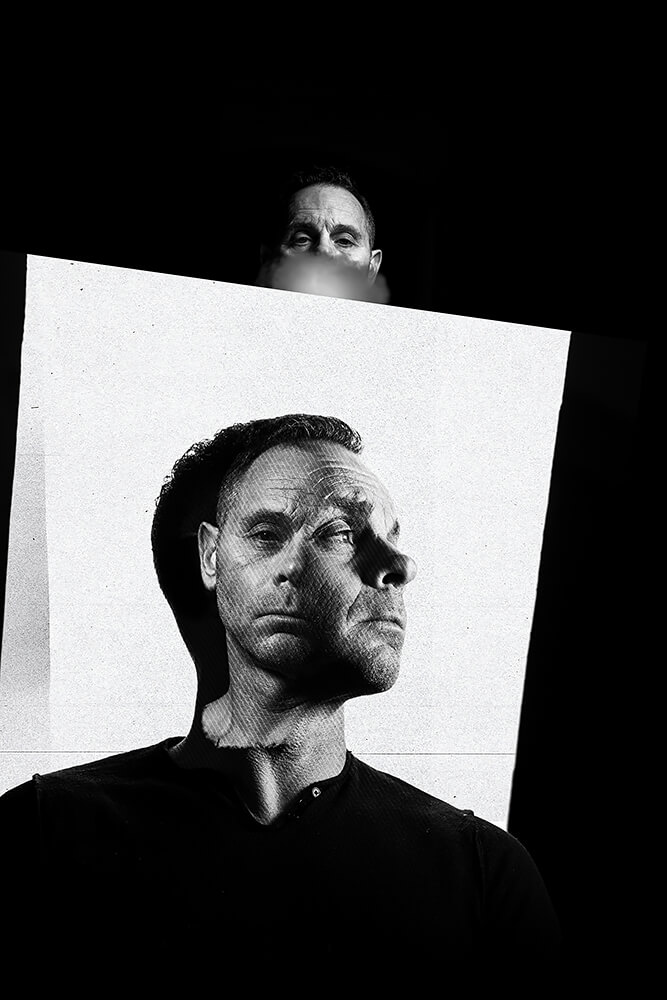I was born in a small seaside town in the northern Adriatic (Italy).
A place crowded with tourists in the summer, deserted and abandoned in the foggy winters. In
short, a place of contrasts. Contrast is what fascinates me the most in photography.
All of my schooling was focused on creativity, starting with attending an art high school and then
studying fashion design at the European Institute of Design in Milan. I worked as a designer for
several clothing brands in Milan and collaborated with an architecture magazine under the
Mondadori publishing group. Photography has always been a passion of mine, starting from the
days spent in the darkroom.
I prefer photojournalism, street photography, and in general, visual storytelling through the
merging and contamination of images that develop a symbolic language rather than an analytical
one. I am attracted to human interactions that generate unpredictable, complex, dramatic, or
humorous situations. It often happens that people, even strangers, connect for a single moment,
they are unaware, but a photograph can "freeze" that ephemeral moment, full of meaning.
I was a finalist in the professional documentary section of the Sony Awards 2022, winner of the
ND Awards 2022 for long exposure photography, a finalist in the Urban Photo Awards 2022 and
2023 (portfolio), a finalist in the Siena Awards 2022, a finalist in the World Water Day 2022
contest, a finalist in the Siena Awards 2023, and a finalist in the Leica Street Photography Contest
2023 and
All About Photo Awards 2023. I have also won Best Author at major Italian FIAF competitions (Follonica, Truciolo d'oro,
Cameri, Murlo, Brugine, etc.)
